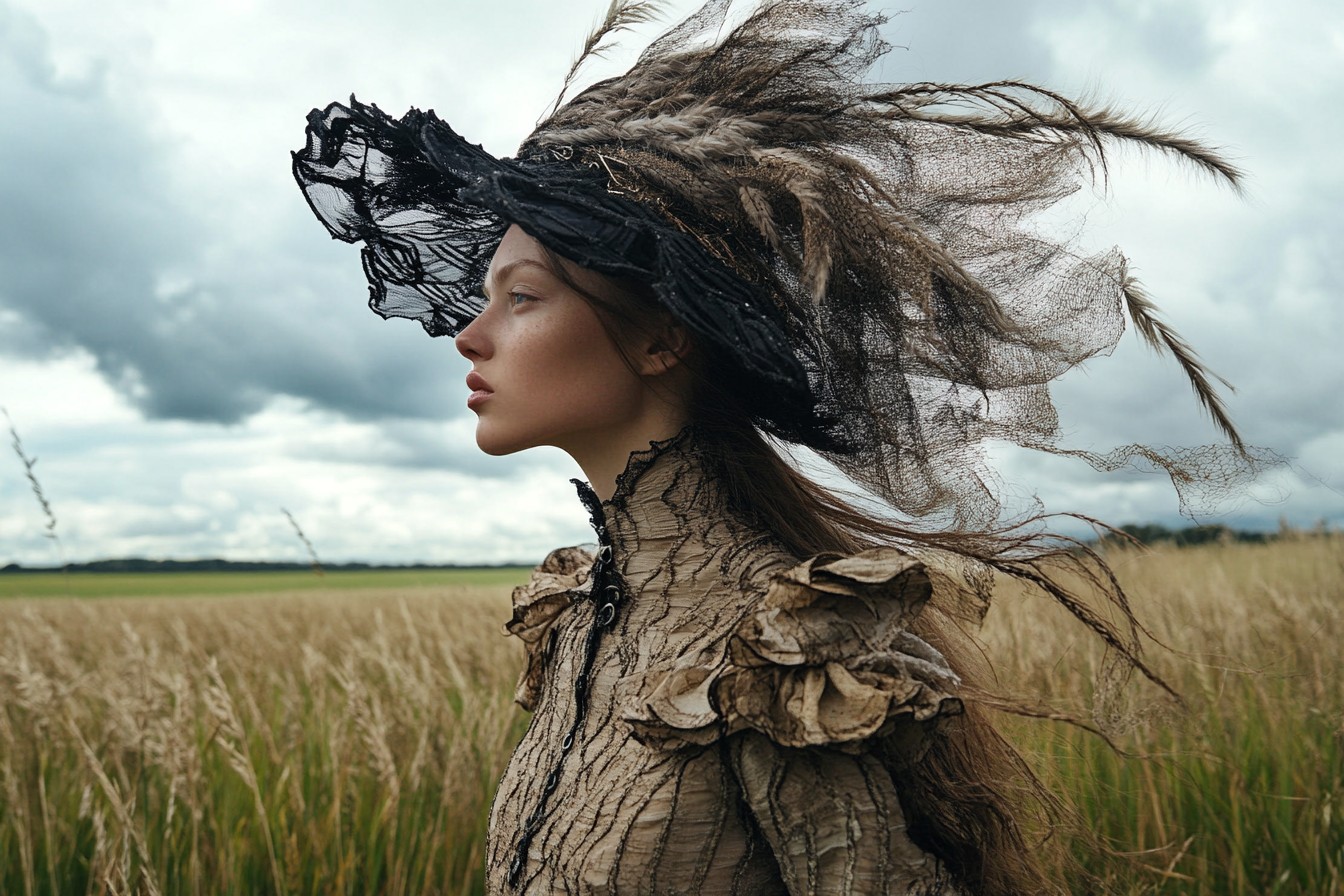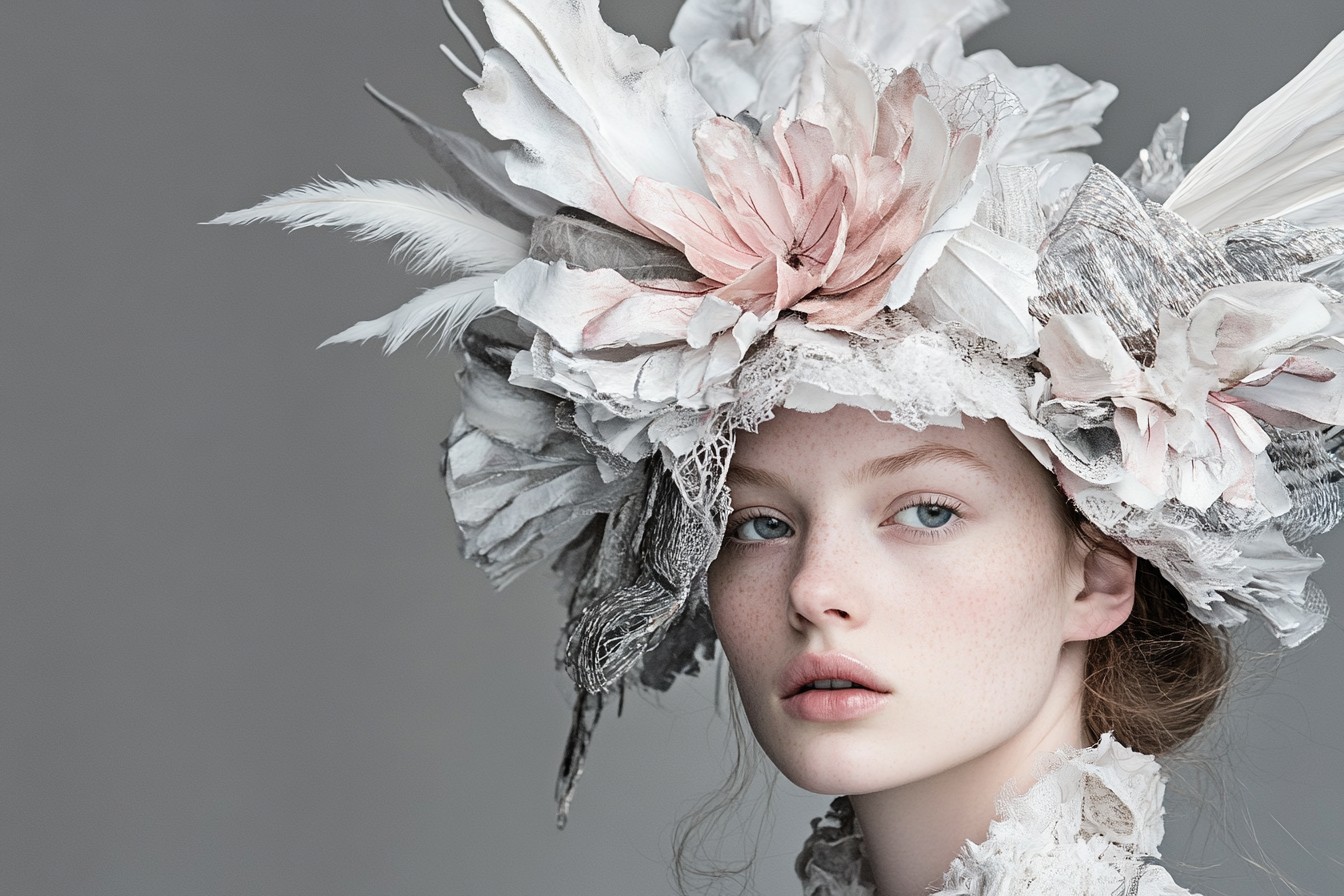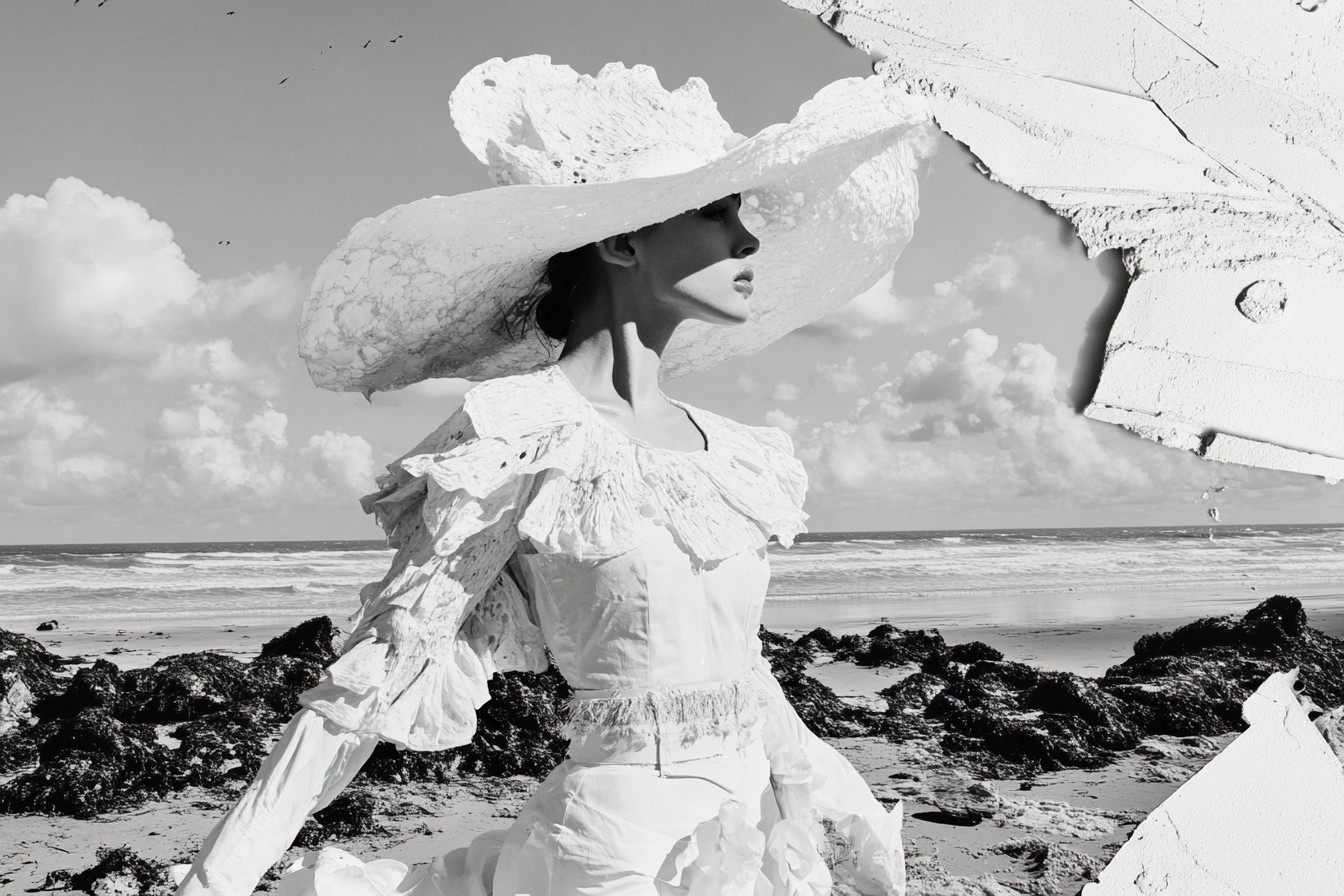The first time I wore a Barbour jacket in London, I felt like I was in costume. Fresh off the train from visiting my friend Charlotte’s family home in Norfolk, I’d been seduced by how effortlessly right her mother looked in her well-worn waxed jacket—like it was simply an extension of her rather than a fashion choice. Foolishly, I thought I could capture that same effortless countryside authenticity by simply… buying the same jacket.
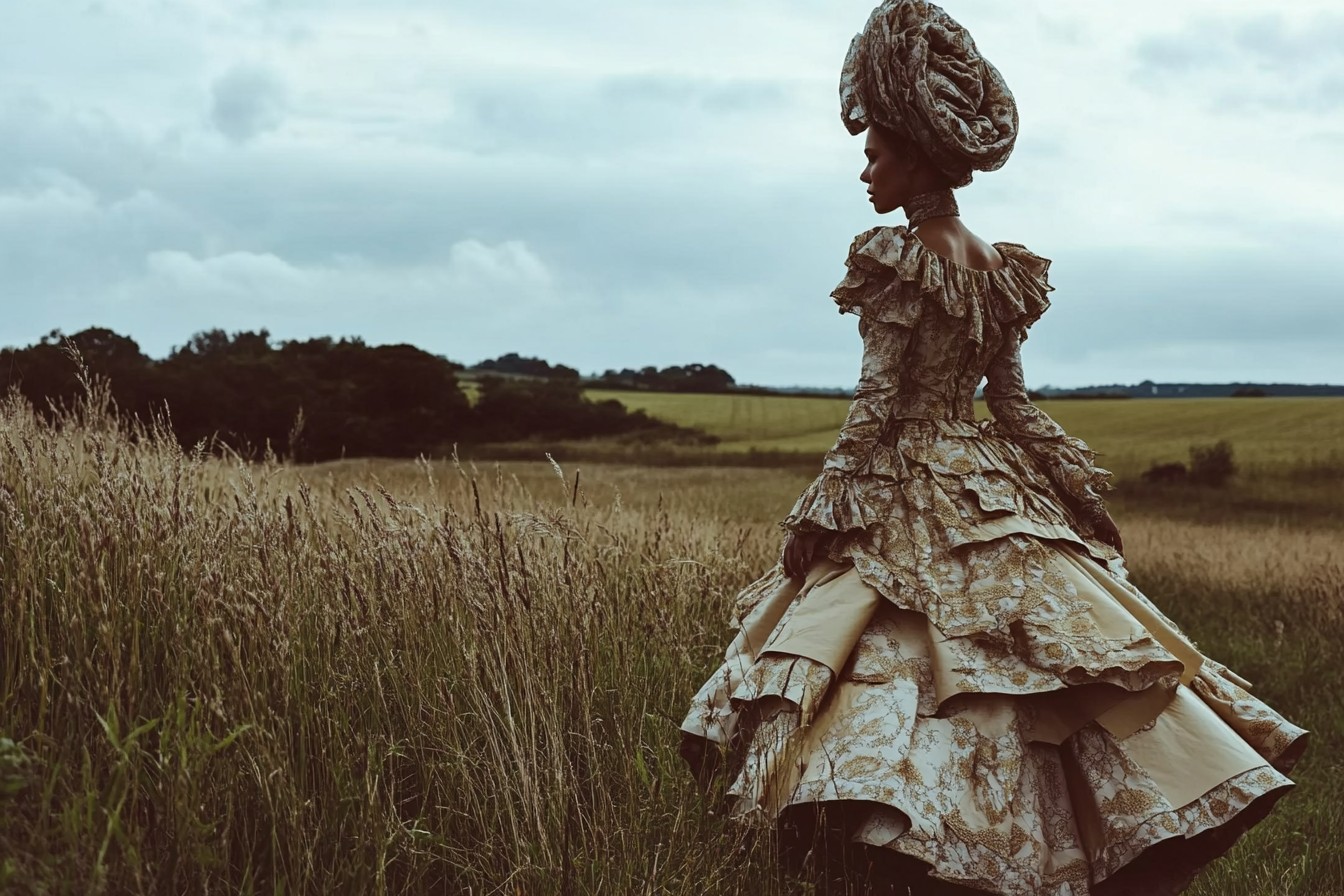
Oh, how wrong I was. Striding through Hackney in my pristine Barbour (still with that peculiar new-wax smell), I caught my reflection in a shop window and saw not the rural sophisticate I’d imagined but someone who looked like they’d gotten lost en route to a pheasant shoot in Gloucestershire. The jacket was right, but everything else—from my decidedly urban haircut to my complete lack of countryside credentials—was wrong.
That’s the challenge with countryside-inspired style in a British context. Our rural fashion signifiers are so bound up with class, tradition, and specific countryside activities that wearing them without the accompanying background can feel like fancy dress rather than fashion. Yet there’s something undeniably appealing about the durability, practicality, and timeless quality of traditional countryside pieces—the well-made, well-designed items that have remained essentially unchanged for decades because they simply work.
So how do you incorporate these elements into a contemporary wardrobe without looking like you’re cosplaying as a member of the royal family at Balmoral? After years of trial and error (and several embarrassing missteps), I’ve finally cracked the code.
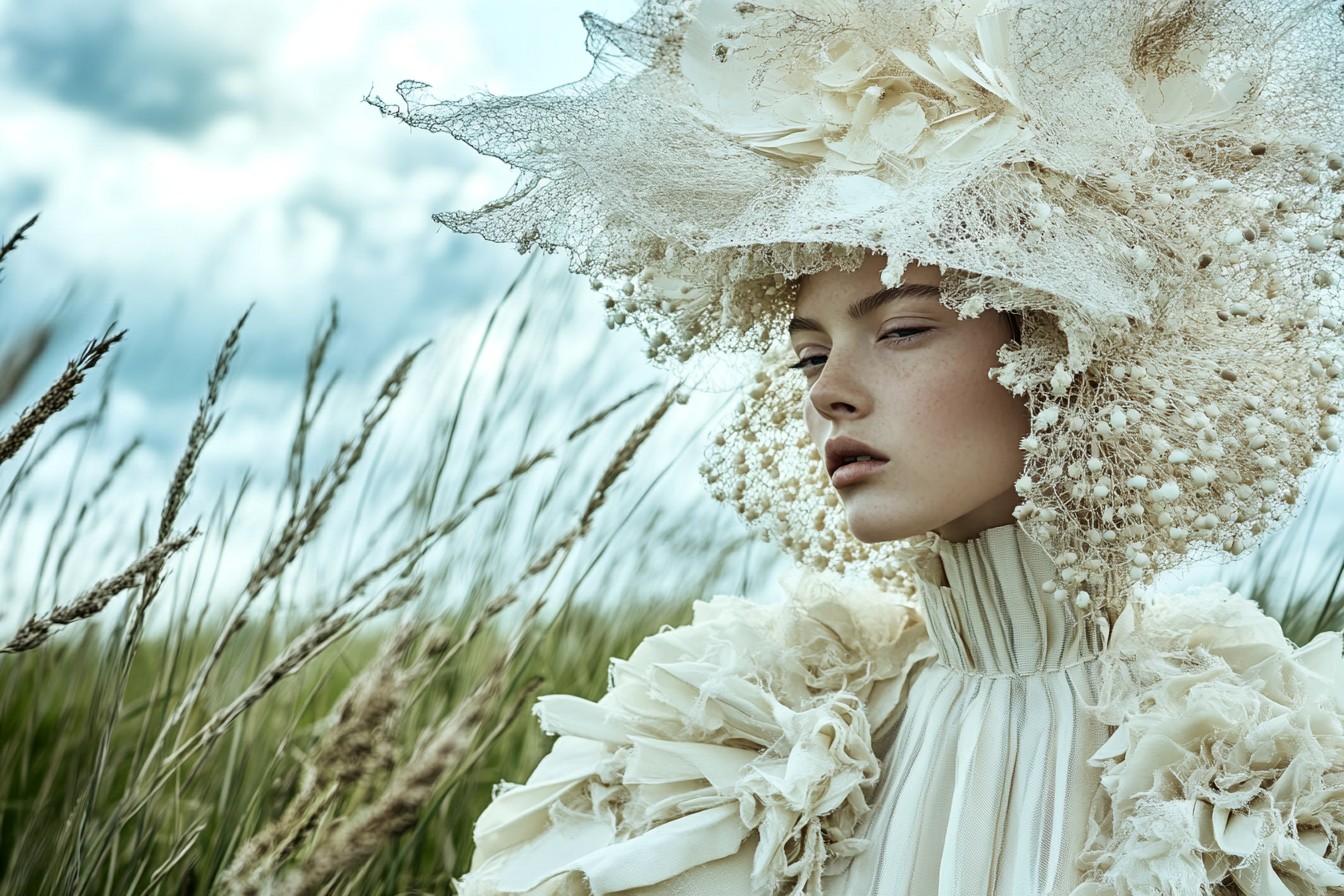
The key is to approach countryside style as inspiration rather than costume—incorporating individual elements rather than adopting the full look. Think of it as countryside style diffusion, taking the best practical aspects while leaving behind the class signifiers and shooting-adjacent associations.
Take the Barbour jacket I was so self-conscious about initially. The problem wasn’t the jacket itself—which remains one of the most practical outer layers for Britain’s damp climate—but how I was styling it. Worn with straight-leg jeans, trainers, and a simple knit rather than paired with corduroy trousers and tan brogues, it becomes less “off to shoot grouse” and more “practical city dweller prepared for rain.”
The same principle applies to other countryside classics. Fair Isle knits, once inseparable from their aristocratic hunting associations, now read as simply excellent patterned jumpers when paired with modern staples rather than tweed plus-fours. A case in point: my friend Leila wears her vintage Fair Isle with high-waisted jeans and chunky boots, looking nothing like a Sloane Ranger and everything like a woman with excellent taste in knitwear.
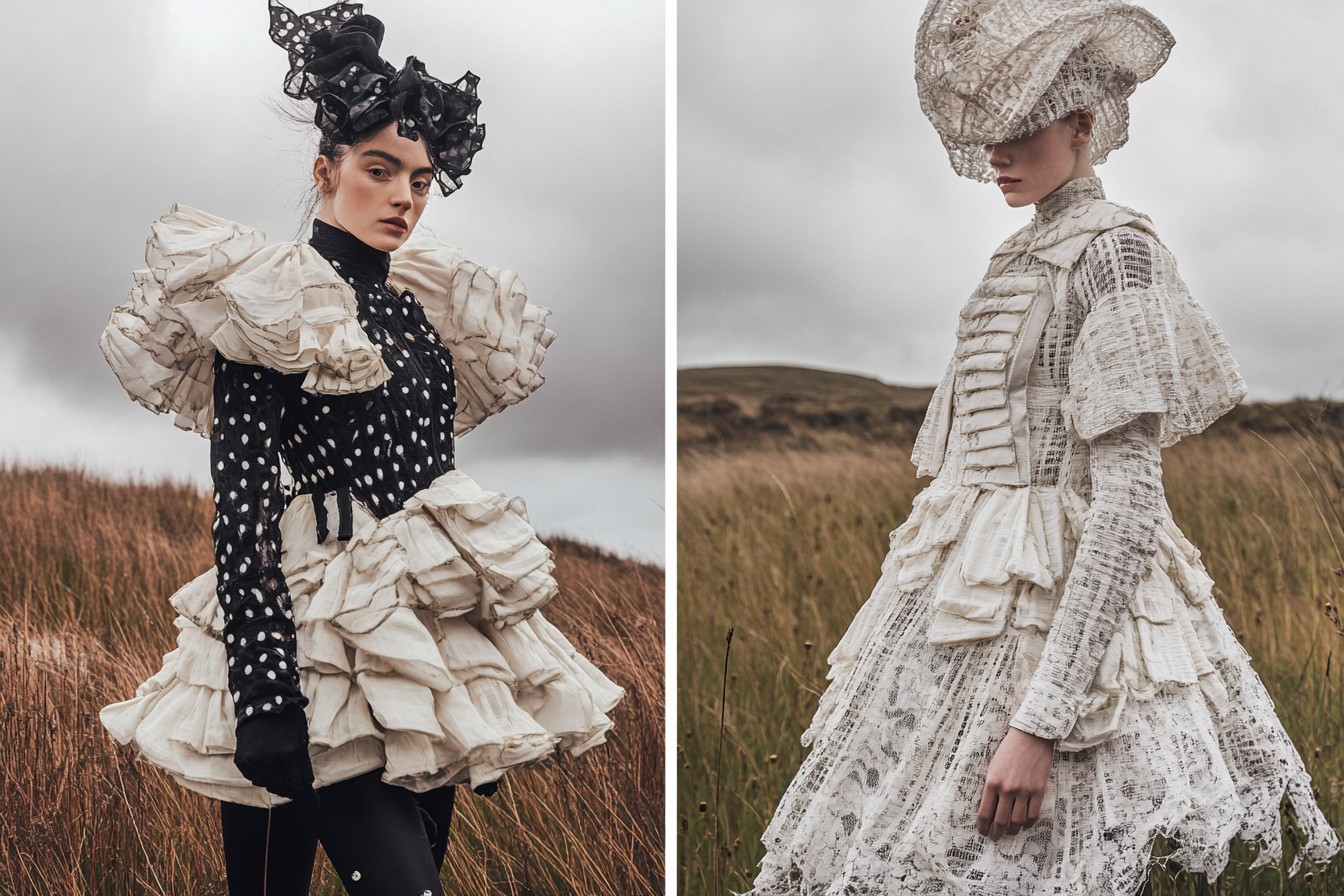
British heritage brands have recognized this shift, creating contemporary pieces that reference countryside traditions without being bound by them. Barbour’s collaborations with Alexa Chung reinterpreted their classic shapes for a more urban audience. Traditional knitwear brand Pringle of Scotland has evolved beyond golf course associations. Even Hunter, whose wellington boots were once exclusively associated with rural pursuits, now makes sleeker styles that work for urban puddle-splashing.
The countryside elements worth incorporating are those with genuine practical benefits rather than just aristocratic associations. Waxed cotton really does repel rain better than most modern technical fabrics. Shetland wool provides genuine warmth without bulk. Sturdy boots with proper grips make sense in a climate where you’re never more than three days away from precipitation.
What to avoid? Full matching tweeds (unless you’re actually going shooting or attending a specific countryside event). Anything with excessive pocket details that serve no purpose in your actual life. Novelty countryside prints featuring pheasants, horses, or foxes, which inevitably read as costume rather than clothing. And perhaps most importantly, pristine versions of items that are supposed to show wear—nothing says “countryside tourist” like a Barbour that’s never seen mud or wellies without a single scuff.
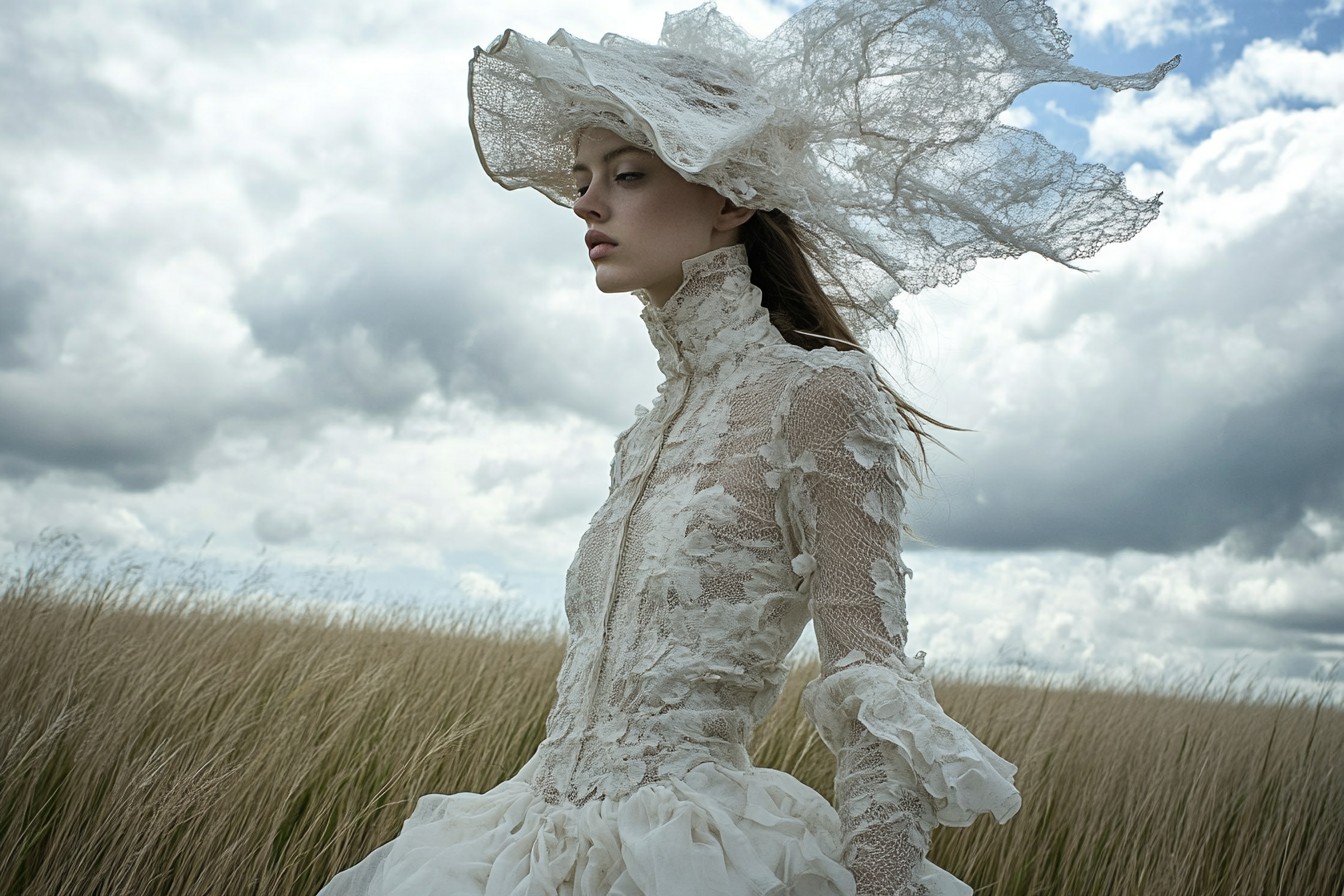
Some specific combinations that successfully incorporate countryside elements into contemporary wardrobes:
A waxed jacket (Barbour or alternative) worn over a simple crew-neck knit with straight-leg jeans and boots—practical without being costumey.
A Fair Isle or cable knit jumper paired with modern wide-leg trousers and trainers rather than traditional corduroys and brogues.

The traditional tattersall check shirt (country staple) under a modern blazer with jeans, transforming it from rural signifier to simply a good-looking patterned shirt.
Heritage fabrics like tweed used in contemporary cuts—a tweed overshirt rather than a formal jacket, or a tweed cap worn with otherwise modern pieces for texture rather than tradition.
Quality leather boots that reference countryside styles (think Grenson or Tricker’s) but in unexpected colors or with contemporary details that separate them from their hunting origins.
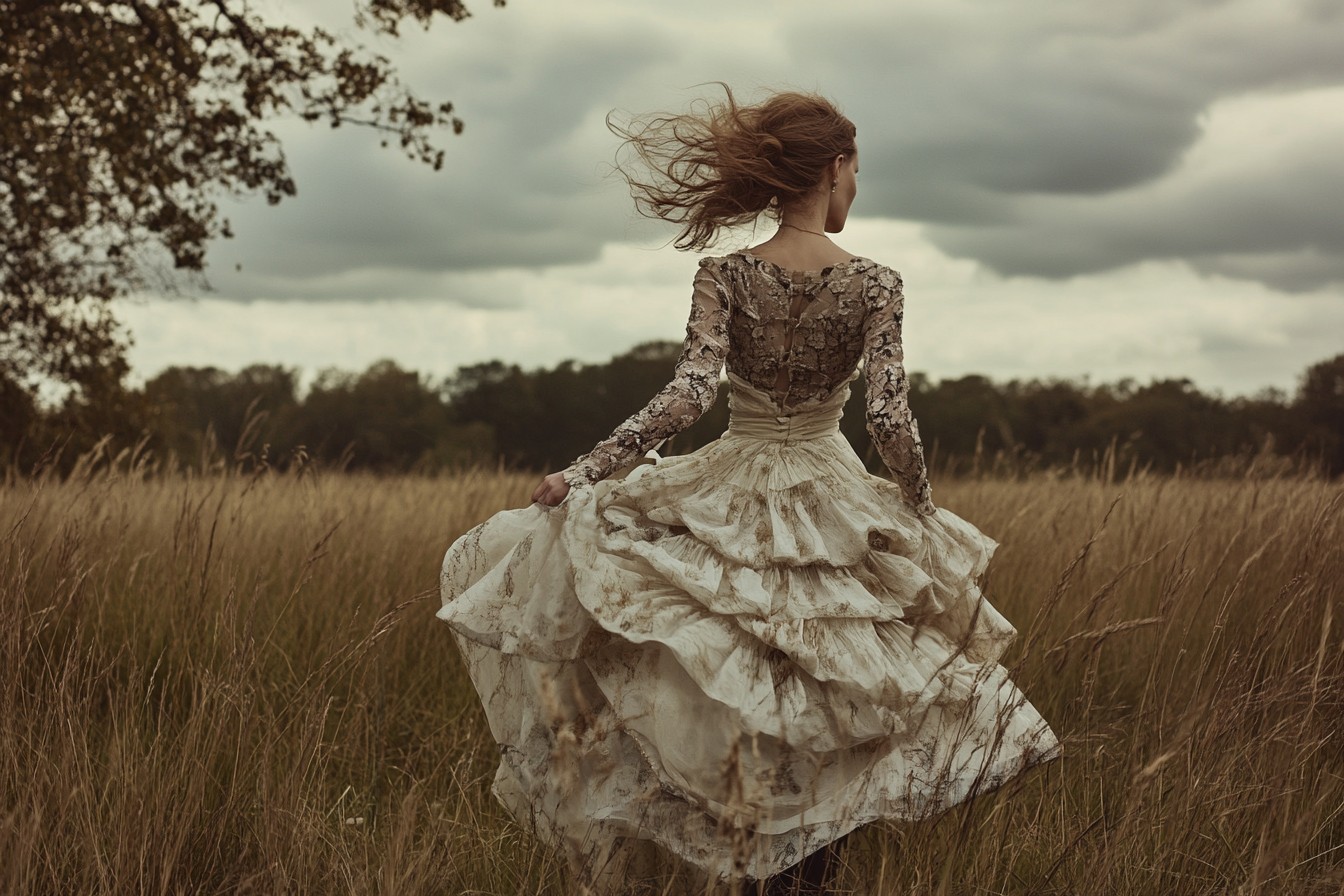
The other secret to countryside-inspired style is understanding that the most authentic versions often aren’t from the most obvious sources. While brands like Barbour, Hunter, and Burberry are the best-known purveyors of countryside style, there’s a whole world of smaller British manufacturers creating quality rural-inspired pieces without the aristocratic markup.
Companies like Carrier Company in Norfolk make honest workwear inspired by agricultural traditions rather than upper-class sporting pursuits. Traditional wool producers in Scotland and northern England create exceptional knitwear without the heritage brand premium. Even the humble charity shop in market towns often yields genuine countryside pieces with the patina of actual use rather than manufactured authenticity.
What ties successful countryside-inspired style together is the same quality that makes actual rural dressing so enduring: a focus on practicality, durability, and function. The best pieces aren’t styled to look rural; they’re designed to work in rural conditions. The city-appropriate version maintains this sensibility—clothes that genuinely function in your actual life rather than signaling aspirational countryside associations.
This is perhaps why the most successful countryside-inspired style often comes from those with genuine connections to rural life rather than those attempting to appropriate its signifiers. My friend Tom, who grew up on a farm in Northumberland before moving to London, unconsciously nails this balance. His well-worn Barbour looks right because it actually serves a purpose when he goes home; his knits are chosen for warmth rather than pattern; his boots are sturdy because he occasionally needs them to be.
There’s an honesty to this approach that transcends fashion—an understanding that the best style, countryside-inspired or otherwise, comes from clothes that genuinely serve your life rather than costumes adopted for effect.
So my Barbour jacket? It eventually found its place in my wardrobe, not as a countryside costume piece but as a genuinely practical coat that handles London drizzle as effectively as Norfolk mud. It’s no longer pristine—there’s a small tear on one pocket, the wax needs reapplying, and the lining is wearing thin in places—but these imperfections have transformed it from an obvious countryside signifier to simply a well-loved, practical item with rural origins but urban use.
And that’s the essence of successful countryside-inspired style: not pretending to be something you’re not, but finding the genuine points of connection between rural practicality and your actual life. Less Balmoral roleplay, more honest appreciation for clothes designed to work in the most challenging conditions Britain has to offer—which, let’s face it, sometimes includes waiting for the Northern Line in February rain.
